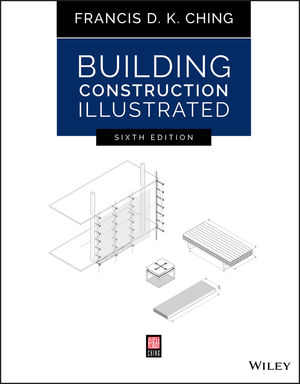Protectors of feathered friends are celebrating the New York City Council’s passage of the most expansive legislation in the U.S. aimed at reducing collisions of birds with buildings.
On Dec. 10, the city council voted 43-3 to pass Bird-friendly Materials Initiative 1482B. If Mayor Bill de Blasio (D) doesn’t sign the initiative, it becomes law anyway on Jan. 9. A two-thirds vote in the council would override a veto.
“New York City has set a new standard for the U.S. and for the world,” says Christine Sheppard, director of the Glass Collisions Program at the American Bird Conservancy (ABC). “It is no longer possible to say that acting to protect birds is too hard or complicated,” she adds.
Each year in New York City alone, up to 230,000 birds collide with buildings, according to estimates by New York City Audubon. Many birds die as a result. According to a 2014 metadata study by the Smithsonian Institution, between 365 million and 988 million birds are killed annually by building collisions in the U.S.
Two years ago, to help the 23 sponsors of 1482B, ABC, NYC Audubon and AIA New York formed the Bird-Safe Building Alliance. “We’re very pleased and want to see the law implemented,” says Benjamin Prosky, AIA NY’s executive director.
Initiative 1482B, a proposed amendment to the building code that would apply mostly to the first 75 ft of new construction and major window retrofits, would go into effect Jan. 1, 2021. By October, the Dept. of Buildings would be required to issue guidelines for the use of bird-friendly materials. AIA NY hopes to work with DOB on the document.
Under the rules, bird-friendly glass is defined as glass that scores a 25 or lower on American Bird Conservancy’s Threat Factor rating. Non-bird-friendly glass may be no more than 10 sq ft within a 10-ft-square area, up to 75 ft in height from grade. That zone is considered the most dangerous for bird collisions.
Regardless of building height, 1482B applies to glass along balconies and adjoining green roofs. It also applies to glass awnings, handrails and guards, wind break panels and acoustic barriers, and conditions where multiple glass panels meet.
Daniel Piselli, director of sustainability for FXCollaborative, which with Ennead Architects worked to help craft the initiative, estimates the cost premium for bird-friendly glass is “a small fraction of a percent.” FXC has done several bird-friendly glass projects, including a 2013 retrofit at the glass-enclosed Jacob K. Javits Convention Center, which resulted in a 90% drop in bird deaths.
There are several other U.S. jurisdictions considering bird-safe building rules. On the federal level, a bird-safe law, H.R. 919, is in a subcommittee of the House of Representatives.







